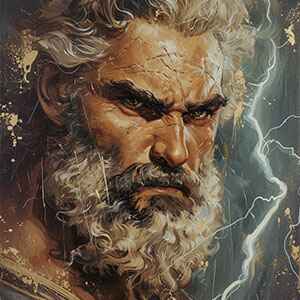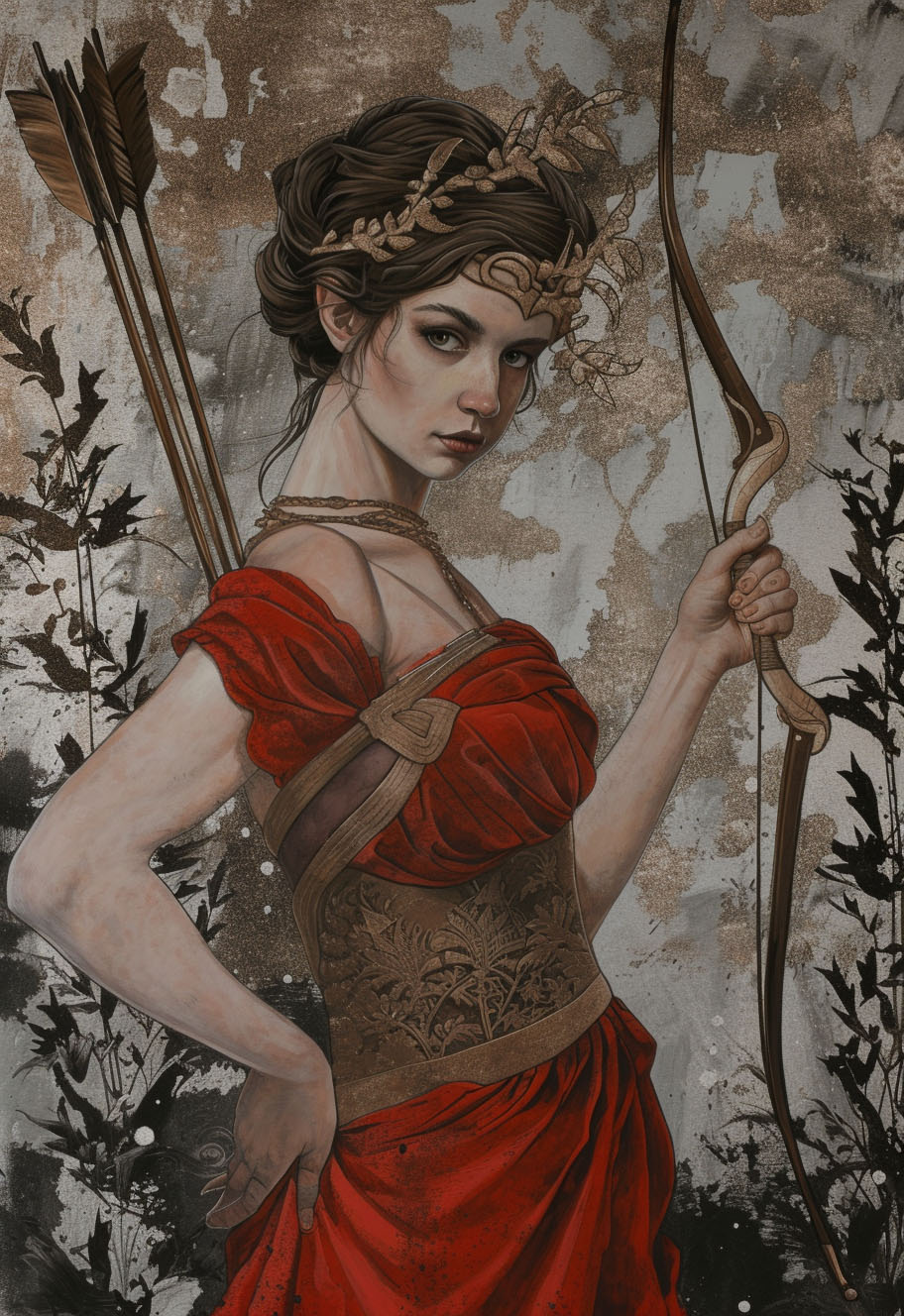
Parentage: Artemis is the daughter of Zeus, the king of the gods, and Leto, a Titaness. Her twin brother is Apollo.
Birth and Delos: Similar to Apollo, Artemis was born on the island of Delos after Leto found refuge there. Her birth is associated with the assistance of her mother, Leto, and the presence of her brother, Apollo.
Goddess of the Hunt: Artemis is primarily known as the goddess of the hunt. She is often depicted with a bow and arrows, accompanied by hunting dogs. Her skill as an archer is legendary, and she is a protector of wildlife.
Virgin Goddess: Artemis is one of the virgin goddesses in Greek mythology, along with Athena and Hestia. She is fiercely protective of her chastity and punishes those who violate it.
Goddess of the Moon: Artemis is associated with the moon, and her chariot is said to carry the moon across the night sky. In this aspect, she is often referred to as Selene, the goddess of the moon.
Amphitheatre of Tauris: In some myths, Artemis is associated with the Amphitheatre of Tauris, where she was venerated as the main goddess. The mythical Iphigenia, sister of Orestes, served Artemis in Tauris.
Twin Brother Apollo: Artemis and Apollo share a close bond as twin siblings. While Apollo is associated with the sun and various intellectual pursuits, Artemis embodies the wild and untamed aspects of nature.
Nymphs and Companions: Artemis is often accompanied by a group of nymphs known as the nymphs of the woods. These companions share in her love for the wilderness and assist her in her activities.
Actaeon and Orion Myths: In the myth of Actaeon, the hunter accidentally stumbles upon Artemis while bathing, and she transforms him into a stag, leading to his demise. In another myth, Orion, a great hunter and companion of Artemis, meets a tragic end.
Artemis and Endymion: In some myths, Artemis is associated with Endymion, a shepherd or shepherd prince. She is said to have fallen in love with him and granted him eternal youth or placed him in eternal sleep.
Cults and Worship: Artemis had various sanctuaries and cults throughout ancient Greece, where she was venerated as a protective and nurturing goddess.
Roman Equivalent: In Roman mythology, Artemis is identified with Diana, the goddess of the hunt and the moon.
Artemis, with her connection to the wilderness, the hunt, and the moon, represents the untamed forces of nature. Her myths highlight the consequences of violating the natural order and the importance of respecting the boundaries set by the gods.
Immediate Family
Quick Facts
- Artemis is the daughter of Zeus and Leto.
- She was born on the island of Delos.
- Artemis is the goddess of the hunt, wilderness, and wild animals.
- She is a virgin goddess fiercely protective of her chastity.
- Artemis is associated with the moon.
- She is accompanied by nymphs and hunting dogs.
- Artemis has myths involving Actaeon, Orion, and Endymion.
- She is venerated in various sanctuaries and cults.
- Artemis is identified with Diana in Roman mythology.
- She represents the untamed forces of nature.
Further Reading
Art &
Architecture
Ancient Greek art and architecture, with its harmonious proportions and timeless elegance, continue to inspire awe and admiration millennia later.
Discover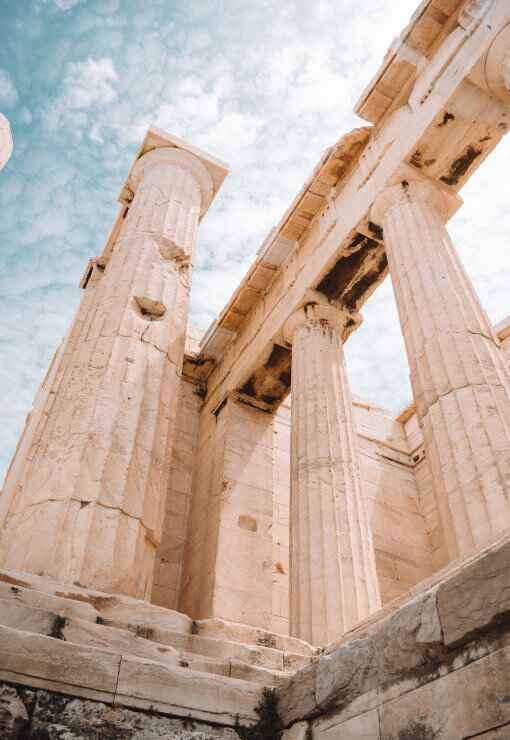
Greek Mythology & Mythical Characters
Greek mythology, a rich tapestry of gods, heroes, and mythical creatures, captivates the imagination with its tales of love, betrayal, and epic adventures that delve into the depths of the human psyche.
Discover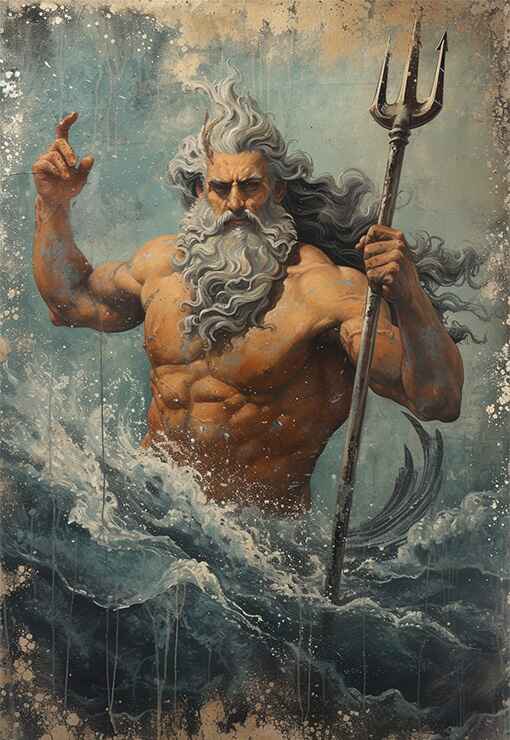
Ancient Greek History
Ancient Greek history, marked by remarkable achievements in democracy, philosophy, and warfare, shaped the foundation of Western civilization, leaving an indelible legacy of innovation and cultural influence that continues to resonate to this day.
Discover
Ancient Greek Olympics
The ancient Greek Olympics, held in Olympia every four years, celebrated athleticism, unity, and cultural pride, serving as a testament to the enduring spirit of competition and excellence that transcends time and borders.
Discover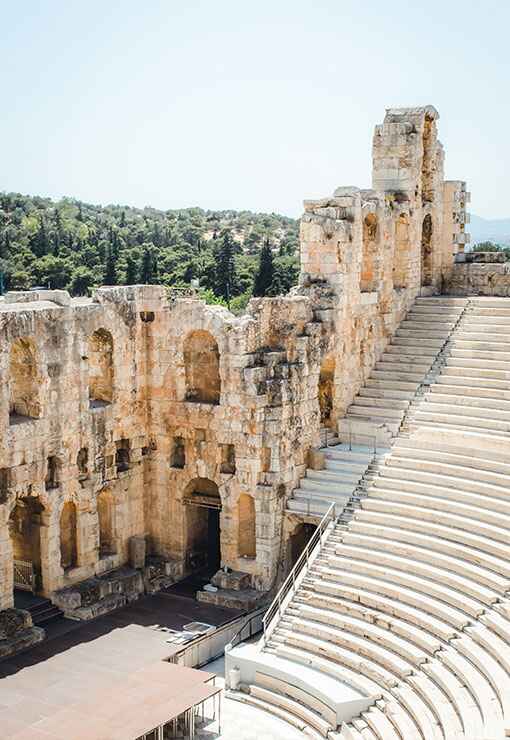
Ancient Greek Wars
Ancient Greek wars, such as the Persian Wars and the Peloponnesian War, were pivotal conflicts that shaped the course of history, highlighting the struggle for power, independence, and the clash of civilizations in the ancient Mediterranean world.
Discover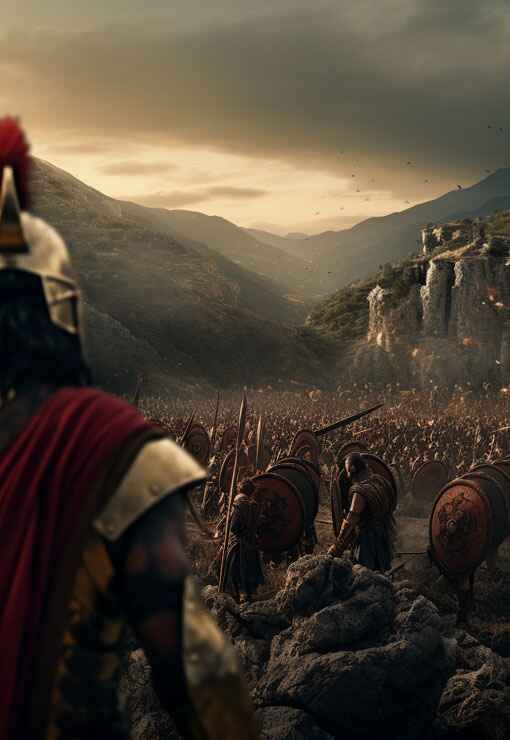
Ancient Greek Culture and Society
Ancient Greek culture and society, characterized by its emphasis on art, philosophy, and civic engagement, fostered a vibrant intellectual and social landscape where innovation flourished, democracy thrived, and the pursuit of knowledge and excellence was celebrated as fundamental values of civilized life.
Discover
